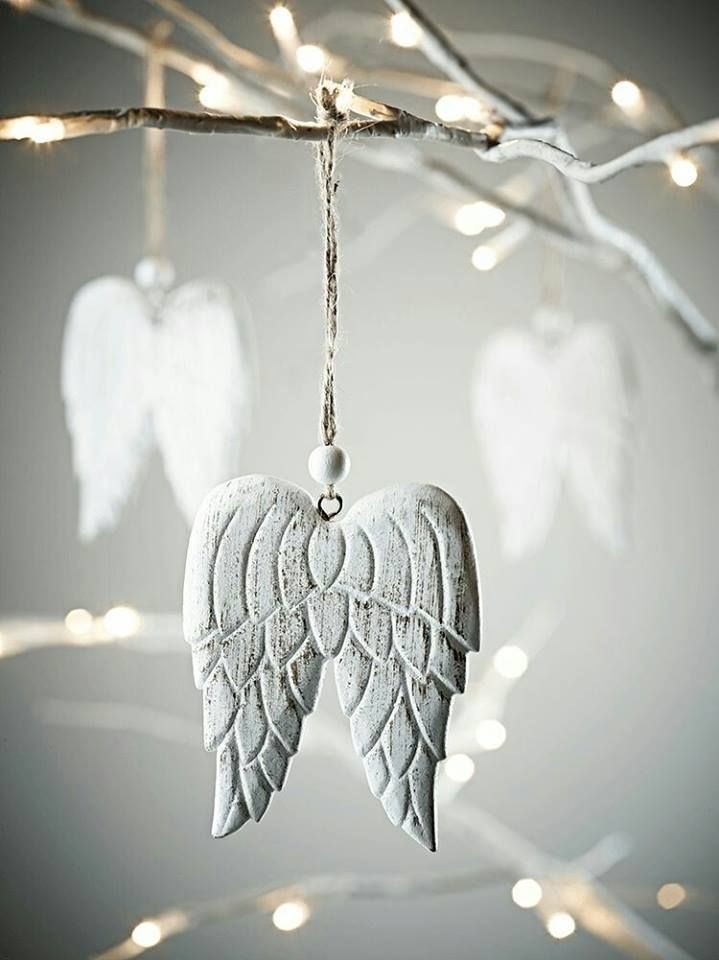Prayer for the Departed and Their Family
- Koöko Fleurs
- Oct 7
- 4 min read

For the soul who has departed, and the hearts that remain:
May peace cradle the one who has crossed the veil.
May their spirit be received with gentleness,
and their burdens lifted by grace.
May the echoes of their love remain as balm
for those who mourn,
and may their memory become a lantern
guiding the living toward compassion.
For the family, may grief be softened by remembrance,
and sorrow transmuted into sacred continuity.
May they feel the presence of guardians—
seen and unseen—who walk beside them.
May humility open the heart to healing,
and observance restore the rhythm of life.
We ask for deliverance from inherited pain,
and the wisdom to carry only what nourishes.
May each prayer be a thread of peace
in the tapestry of eternity.
What We Carry, What We Leave
1. The Truth of Departure
Every soul must one day return to the source. This is not abandonment—it is transformation. Death is not the end, but a passage. The body rests, the spirit continues. What we leave behind is not only memory, but energetic imprint: the choices we made, the love we gave, the wounds we healed—or didn’t.
2. The Afterlife: What We Carry
We carry:
- The essence of our intentions.
- The weight or lightness of our deeds.
- The prayers spoken for us.
- The blessings we gave freely.
- The unresolved lessons, which may seek resolution through lineage.
These become part of our soul’s resonance in the next realm. In many traditions, the afterlife is shaped not by punishment, but by reflection—what we see in the mirror of our life.
3. What We Leave Behind
We leave:
- Emotional legacies: love, trauma, silence, wisdom.
- Rituals and stories that shape how our family grieves and grows.
- Baggage or blessings that may echo through generations.
This is why observance matters.
To honor the dead is to cleanse the path for the living.
To name the pain is to prevent its repetition.
To ritualize remembrance is to offer peace.
4. The Role of Guardians and Angels
As you’ve beautifully explored in your previous article, guardians and angels are not distant—they are companions. Some are ancestral, some divine. They help us transition, protect our lineage, and whisper truth when we are ready to hear. In death, they guide the soul. In life, they guide the heart.
5. Prayers for Deliverance and Peace
These prayers are not formulas—they are invitations:
- Deliverance: “May what no longer serves be released. May the soul be unbound.”
- Peace: “May stillness return. May the waters of grief be calmed.”
- Humility: “May we accept what we cannot change, and change what we must.”
- Observance: “May we remember with reverence. May we act with intention.”
Now let’s create a “Legacy Altar”—a sacred space where memory, healing, and generational truth converge.
Legacy Altar: A Ritual of Memory and Renewal
Tier I: What We Carry
These are the sacred inheritances—the blessings, lessons, and truths that nourish us.
Objects to place:
- A candle for ancestral wisdom.
- A journal or letter representing emotional truths passed down.
- A small heirloom (photo, fabric, jewelry) symbolizing love and resilience.
- A flower or herb (lavender, rosemary) for remembrance and peace.
Spiritual invocation:
I carry what was given in love,
and what was earned through pain.
I name it, I honor it, I choose what stays.
Tier II: What We Release
These are the burdens, silences, and patterns that no longer serve. Releasing is not rejection—it is liberation.
Objects to place:
- A stone or feather to represent weight or flight.
- A written note of what you choose to release (burn or bury after ritual).
- A bowl of water for cleansing and renewal.
Spiritual invocation:
I release what was hidden,
what was feared, what was repeated.
I return it to the earth,
and ask for peace in its place.
Tier III: What We Transform
These are the seeds of new legacy—what we choose to pass forward with intention.
Objects to place:
- A handmade item or symbol of your own creation.
- An affirmation card or poem for future generations.
- A mirror or crystal to reflect truth and clarity.
Spiritual invocation:
I transform memory into meaning,
pain into poetry, silence into song.
I offer this legacy with love,
and bless those who will carry it.
Optional Additions
- Guardian symbols: feathers, bells, or angelic tokens to honor spiritual guides.
- Generational chain: ribbons or threads linking each tier, showing continuity and choice.
- Seasonal altar refresh: update objects with each solstice, equinox, or family ritual.
Here’s how different roles might shape the altar:
Who Can Create the Altar?
- Children or grandchildren may bring innocence and renewal, honoring the legacy with fresh eyes.
- Siblings may focus on shared memories and healing old wounds.
- Spouses or partners often carry the deepest emotional resonance, creating altars of intimacy and devotion.
- Chosen family or friends may offer clarity and spiritual guardianship, especially when blood ties are complex.
- Community members can create collective altars for shared grief or cultural remembrance.
What Matters Most
- Intention: The altar is a ritual of love, not perfection.
- Permission: If there are tensions or sensitivities, it’s wise to communicate gently with others.
- Continuity: The altar can evolve—refreshed seasonally, shared during family gatherings, or passed down.
You might even include a small card or poem at the altar that says:
“This altar is tended with love.
May all who approach it feel peace,
and may the legacy it holds
be carried with grace.”











Comments